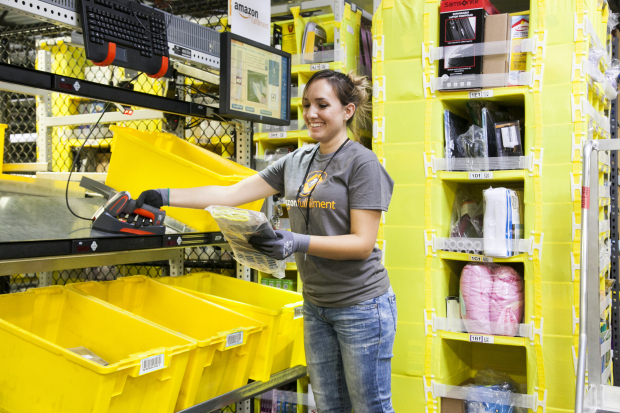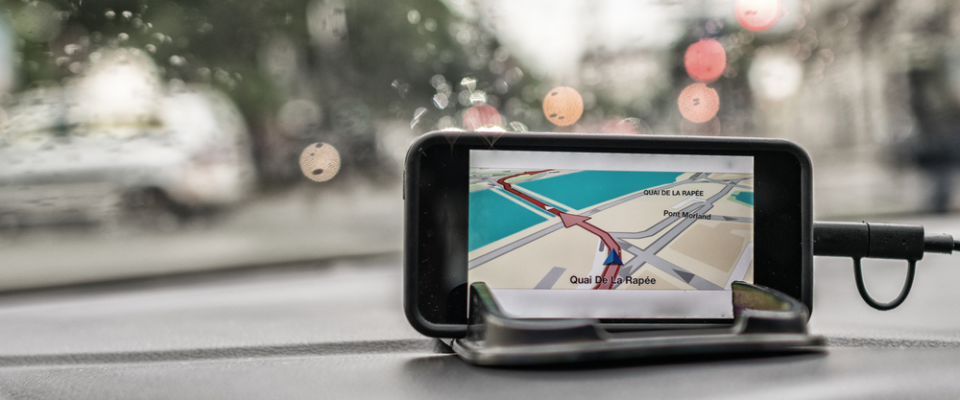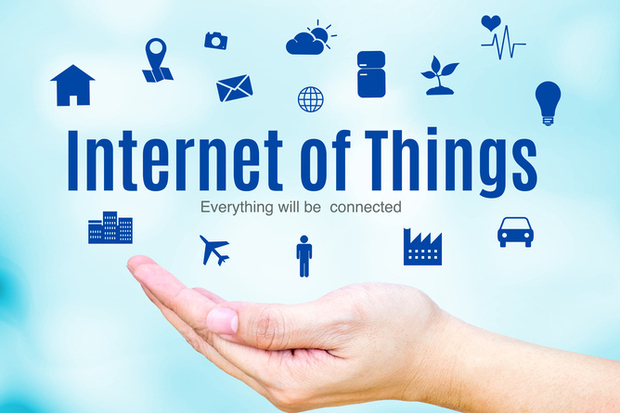
If the Internet has revolutionized the way we do business in the last few decades, the Internet of Things is doing it all over again today. Once discussed vaguely as a technological concept of the near future, the IoT is now a vast reality in which we all participate—knowingly or not. It consists of any and all devices with Internet connections that are capable of sharing information with one another, and its potential to change places of business is difficult to overstate.
For anyone running a business the ability to engage with consumers and understand and meet their needs is vital. In the past, these efforts have mostly come down to hard work and personal attention from business owners and employees. There’s certainly nothing wrong with that personal touch, but business owners can now automate some of the more tedious aspects of customer engagement employing the IoT strategically, ultimately attracting more business and providing superior service.
Gathering Data From Customers

5 Tips for Crafting a Marketing Strategy for the Internet of Things (IoT)
In recent years, there have only been a few reliable ways to acquire customer feedback as an owner or employee in a business. You could ask for customers to fill out written surveys, ask them to fill out similar surveys online, or speak to them at the point of sale. These methods could (and still can) generate valuable findings, but they also require constant attention and cooperative consumers. Neither is a sure thing, and that means that a lot of potential feedback could slip through the cracks.
Now, effective content marketers have the capability to harness the IoT in order to discover customer data in a more effortless and comprehensive manner. It should be stated that this needs to be done in an ethical and responsible way, involving full permission from the consumer regarding any information that could be shared. With that said, a fairly simple mobile app can help to gather quick, easily analyzed feedback as well as more general information.
Specifically, if your place of business has its own app, you can have it designed in a way that allows for each and every customer to go in and rate your products, customer service, store experience, or whatever else you may be curious about. This requires some engagement from the customer, but it’s quicker than filling out almost any other kind of survey and sometimes it’s as simple as tapping a number of stars from one to five. Additionally, however, a mobile app can gather information about a customer’s actual visiting activity. It can record when that customer visits your place of business, how long he or she stays, and whether or not a purchase was made. This sort of information can be compiled and analyzed to help any business owner to understand sales patterns and act accordingly to strengthen performance.
Managing Supply & Inventory

15,000 robots and counting: Inside Amazon’s new fulfillment centers
Much has been made of the IoT’s potential to cause drastic changes in business supply chains. In larger companies, it begins in warehouses and factories where products are designed and packaged. There, various IoT-enabled sensors can track items, measure machine performances, and keep track of general conditions and progress in a way that can allow for improvements across the board. From there, the IoT continues its reach during the actual shipping process in a way that may even help some smaller business owners.
More and more frequently, fleet vehicles are being outfitted with WiFi and sensors that report on routing information, vehicle diagnostics, driver performance, and, in some cases, even the status or quantity of the product on board. This may sound a little bit excessive to those who don’t deal with large shipping operations, but the truth is that it allows business owners to consider every step of the fleet management process and monitor their products accordingly. In short, IoT-enabled fleets make shipping more precise and predictable.
CNET News – Meet the robots making Amazon even faster
But most of these efforts—improving efficiency in factories and during the shipping process—take place behind the scenes. The IoT, as it relates to supply and inventory, can also be used to engage customers and keep them satisfied. This is because places of business are now employing sensors on shelves and in back rooms that can automatically send out alerts when supply of a given product is getting low. That sets whatever relevant shipping process there may be in motion; enabling you to keep a constant supply. That steady supply becomes a selling point to consumers and turns your place of business into a particularly reliable one.
Improving The Shopping Experience

How the internet of things is revolutionizing retail
Interacting with consumers to acquire feedback and valuable data is helpful, and developing an automated inventory and supply chain system can make for significant improvement. But the most important thing at the end of the day is to ensure that customers enjoy their time in your place of business and find their visits to be experiences in line with modern expectations of convenience.
This can be done through the implementation of “smart beacons” throughout stores, as well as through mobile app creation. It’s already being done on a broad scale in massive retail environments, with Home Depot being a primary example. There, stores are using apps and beacons to provide personalized service and information to customers in a way that makes the in-store experience every bit as simple and enjoyable as, say, online shopping. So how exactly does it work?
It depends on the specific setup of your beacons and apps, but the general idea is that your store gains the ability to “sense” customers by recognizing their mobile devices and/or apps. You can then do all kinds of things to engage with those customers without being pushy or getting too involved. For instance, push notifications might provide coupons. They might also help to direct a customer to a particular area within the store based on past purchasing history and an understanding of what the customer likely wants.
At this stage, not all of these methods of engagement apply to every type of business. But once you gain an understanding of how the IoT can help with both engaging and satisfying consumers, you can easily find a way to put it to use in most any type of business.




